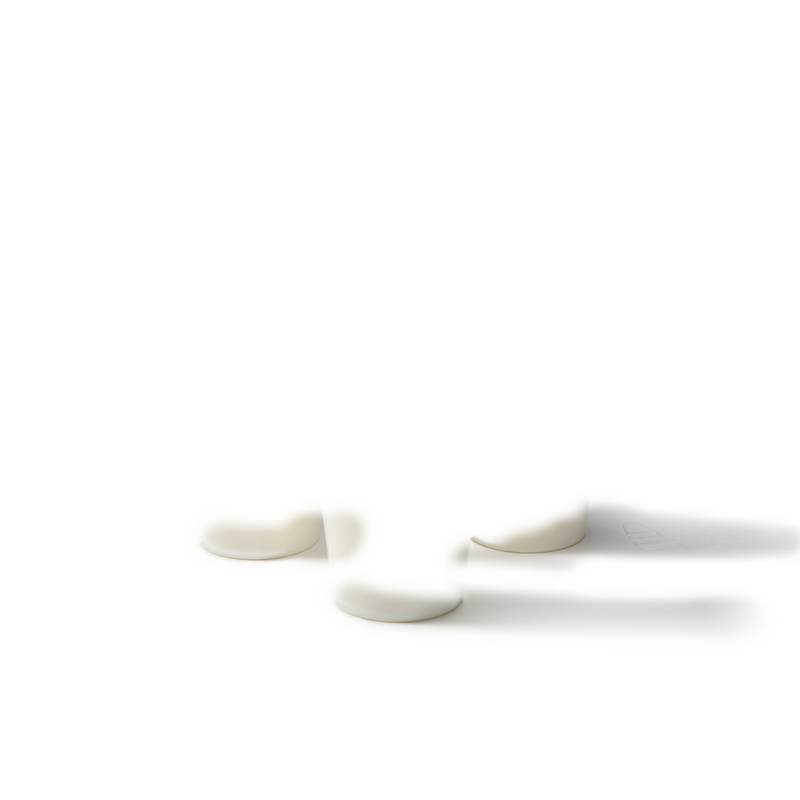

Data and Research
Italy is one of Europe’s leading countries in the production of plastics, with a strong presence in the packaging, automotive, and construction sectors. Discover the key data about this important industry.
Numbers matter
The production, collection, and post-consumer recycling of packaging are regularly monitored, as is the use of recycled materials for the production of new packaging. This page presents the most significant data.
We like to be sure of what we say
Over the years, Pro Food has conducted research and collaborated with research institutes and universities to produce studies on various aspects related to packaging. Below you can view and download them.
Frequently Asked Questions
Here you can find all the recurring questions answered by Pro Food.
1 Pro Food
-
Is Pro Food a company?
No. Pro Food is a trade group that brings together 13 Italian companies associated with Unionplast / Federazione Gomma Plastica. -
Which companies are part of Pro Food?
They are all leading companies engaged in the production of plastic containers for food and beverages. -
How can one become part of Pro Food?
If you are interested in joining Pro Food, you can contact us directly through our contact page. Why join us -
What does Pro Food do?
Pro Food promotes and, where possible, enhances the overall sustainability of plastic containers for food and beverages, with attention to the entire life cycle of the products. It collaborates with all players in the production, use, and end-of-life chain and interfaces with institutions and organisations.
3 The PPWR
-
What is the PPWR?
The PPWR, acronym for “Packaging and Packaging Waste Regulation”, is a European Union regulation that establishes the rules for the design, production, and management of packaging and related waste. -
Why is Pro Food opposed to the PPWR?
The PPWR discriminates against plastic packaging because it fails to take into account the significant progress made in the use of recycled polymers for the production of new products, underestimates the hygiene and safety issues that would result from the use of reusable containers, and above all, bases its decisions on an impact assessment that is not properly supported by solid LCA studies. -
Has the PPWR been approved?
The PPWR, Packaging and Packaging Waste Regulation, was approved and published in the Official Journal of the EU in January 2025. -
When will the PPWR apply?
After a transitional period of 18 months, it will become fully applicable from 12 August 2026. To date, the delegated acts clarifying how to implement the general provisions of the Regulation have not yet been established. Due to the contradictions it contains, the PPWR remains the subject of much debate, and it is possible that some measures may be amended by the implementing regulations.
2 Plastic food containers
-
Can plastic packaging be avoided?
Reasons of hygiene, functionality, sustainability (for example, to prevent food waste), and safety make them essential for everyday food consumption. -
Are plastic containers for fresh food recyclable?
Plastic containers for fresh food can be recycled; for them to be effectively recycled, it is essential that they are properly disposed of through separate collection. Data published by Corepla in its Sustainability Report show that in 2023, 50% of plastic packaging placed on the market was sent for recycling. -
What does the law say about plastic food containers?
Since 3 July 2021, certain single-use plastic products can no longer be placed on the EU market, including: cutlery, plates, straws, beverage stirrers, expanded polystyrene food containers used for ready-to-eat meals (such as burger or takeaway boxes), as well as expanded polystyrene beverage cups and their lids and caps. Directive (EU) 2019/904 of the European Parliament and of the Council of 5 June 2019, the so-called SUP Directive, aims to reduce the environmental impact of certain plastic products. Published in the Official Journal on 2 July 2019. -
What are the advantages of plastic food containers?
- They reduce food waste because they preserve food correctly and extend the shelf life of the food and beverages contained. - They are lightweight, allowing more product to be transported compared with alternative packaging materials, and therefore reduce CO₂ emissions caused by transport. - Their design makes them easy to stack, significantly saving space both during transport (requiring fewer vehicles) and at the point of sale (requiring less refrigeration space and energy for proper storage). - They are hygienic and therefore useful in all community settings: schools, hospitals, companies’ canteens, contract and travel catering. - They are practical and manageable, promoting the consumption of fresh food on all occasions, including the five portions of fruit and vegetables recommended by the World Health Organization for daily nutrition.
4 Plastic and sustainability
-
Are plastic packages really recyclable?
The Sustainability Report prepared by Corepla indicates that in 2023, 1,872,672 tonnes of packaging placed on the market were collected, and of these, 1,041,971 tonnes were sent for recycling. -
Why is plastic found in the sea?
Because part of the plastic is not managed properly. Ninety per cent of plastic waste, not released directly in water or on beaches (which represent a very small proportion) reaches the oceans via rivers, and 90% of that 90% comes from ten major rivers, all outside Europe (in Africa and Asia). Source: Export of Plastic Debris by Rivers into the Sea – Christian Schmidt, Tobias Krauth and Stephan Wagner, Environmental Science & Technology, 2017. Source: Export of Plastic Debris by Rivers into the Sea. Christian Schmidt, Tobias Krauth e Stephan Wagner. Environmental Science & Technology 2017. -
Is the Italian plastic tax useful for improving production sustainability?
In Italy, the production of plastic packaging employs thousands of people and ranks second in Europe, with as much as 42% of products exported. A growing sector, that supports the Italian economy, needs innovation incentives. A new tax would only delay the necessary investments and put jobs at risk. Source: Federazione Gomma Plastica.
